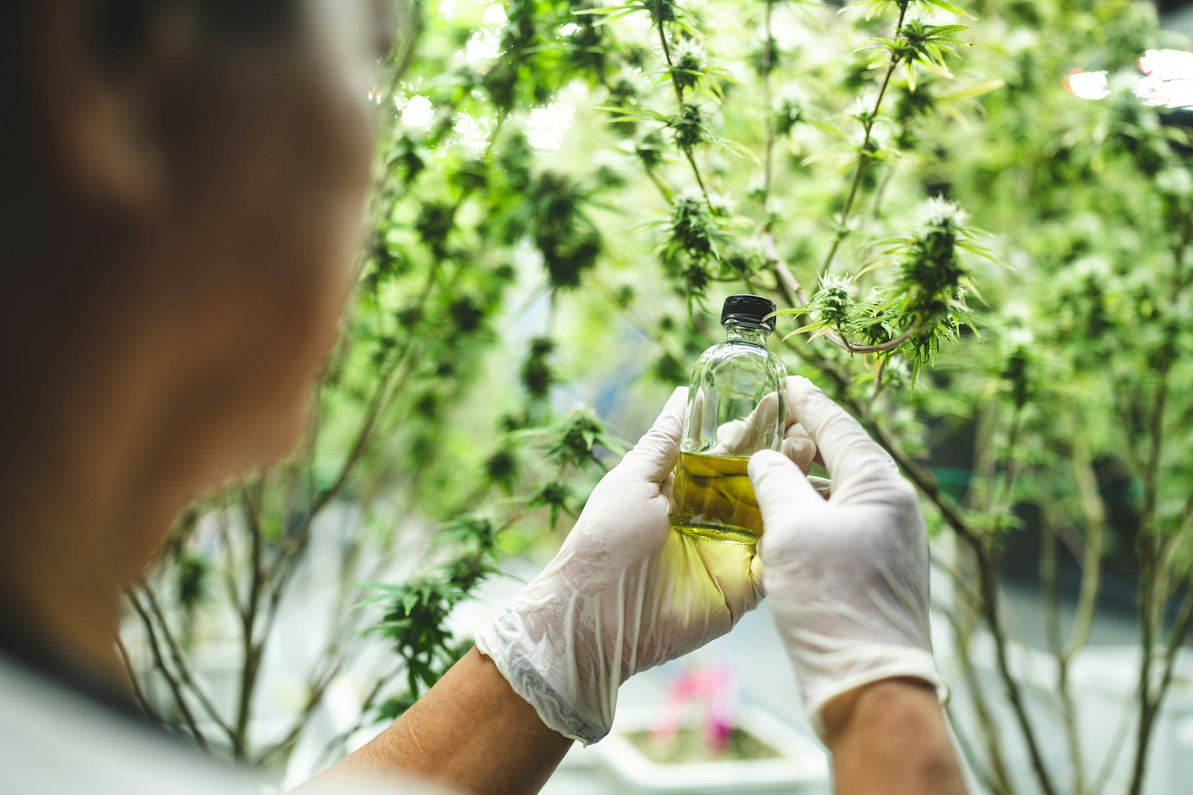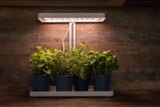Preventing and Dealing with Pest Problems in Hydroponics
Caring for a hydroponic garden can be an exciting journey, offering the chance to grow healthy, prosperous cannabis. But as many know, managing pests is a vital part of this process. Left unchecked, these tiny intruders can wreak havoc on your crops, impacting both yield and quality. By understanding how to prevent and address pest issues, you can protect your plants and maintain a thriving hydroponic setup.
Pest control plays a key role in the success of any hydroponic system. Since hydroponics involves a controlled environment where plants receive nutrients directly without soil, it creates unique conditions that need careful monitoring. Pests can easily disrupt this balance, making it essential to stay proactive about keeping them at bay. Let’s explore the ways you can keep your hydroponic garden safe from common pests.
Identifying Common Hydroponic Pests
Identifying which pests are likely to attack your hydroponic garden is the first step in combating them effectively. Here are a few common invaders to watch out for:
- Aphids: These small, soft-bodied insects feed on plant sap, often leading to reduced plant vigor. They can commonly be spotted on the undersides of leaves.
- Spider Mites: These tiny arachnids are known for spinning fine webs on plants, and they thrive in warm, dry conditions. Early detection is key here, as they can reproduce rapidly.
- Fungus Gnats: Often mistaken for fruit flies, these insects lay their eggs in damp growing media. Their larvae can damage roots, leading to poor plant health.
Spotting these pests early is crucial to controlling them. Symptoms like yellowing leaves, visible bugs, or web-like residues can signal a pest problem. Regular monitoring helps catch these signs before the infestation worsens. Make it a habit to inspect your plants closely, focusing on leaves, stems, and the media surface for tell-tale signs of trouble.
By knowing what pests to look for and recognizing their signs, you can take swift action to safeguard your garden. Identifying pests promptly not only prevents them from spreading but also aids in choosing the right approach for elimination.
Preventative Measures
Keeping pests away starts with good habits. Regular cleaning and maintenance of your garden are crucial in preventing pest infestations. Remove dead plant material, ensure your grow area is free from debris, and sterilize tools and equipment frequently. By doing so, you minimize the chances of creating friendly habitats for pests.
Plants grown in clean environments show better resistance to pests. Selecting pest-resistant strains can also be helpful. These strains are bred to withstand common threats, reducing your need for intensive pest control measures. Pair resistant strains with proper air circulation. Ensuring good airflow discourages pests like spider mites that thrive in stagnant conditions.
Regular monitoring of your plants can catch a problem before it spirals out of control. Implement a routine inspection to look for any unusual changes in your plants. Early intervention helps you tackle issues before they become serious infestations, saving both time and resources in the long run.
Natural and Chemical Pest Control Options
For those looking for eco-friendly solutions, employing natural pest control methods could be the way to go. Introducing beneficial insects such as ladybugs can naturally reduce the pest population, as these insects prey on common hydroponic nuisances. Organic sprays derived from natural plant oils are also an excellent choice for controlling pests without harming your cannabis plants or the environment.
Chemical pest control methods are also available, but it's important to choose ones that are safe for hydroponics. Consider pesticides specifically labeled for use in hydroponic systems, as these are formulated to minimize harm to plants and their roots. Always follow the product instructions carefully to ensure effective and safe applications.
Tips for Maintaining a Pest-Free Environment
Once your pest problem is under control, the focus should shift to maintaining a pest-free environment. Here are some practical tips:
- Conduct regular inspections to detect pests early.
- Maintain the right balance of nutrients to keep plants healthy and resistant.
- Quarantine new plants before introducing them to your setup, preventing unwanted pests from entering.
Creating an inhospitable environment for pests is key to long-term pest management. This involves paying attention to details like humidity levels and plant spacing, which can make your hydroponic system less attractive to pests. Sticking to a maintenance routine helps sustain a healthy hydroponic garden, ensuring your cannabis plants remain productive and robust.
For those looking to safeguard their hydroponic gardens with confidence, exploring effective pest control solutions is the next step. At Shore Grow, we offer a range of products designed to keep pests at bay. Learn more about our comprehensive options to ensure your plants thrive in a healthy, pest-free environment.
Recent Posts
-
How to Adjust LED Grow Light Settings for Optimal Growth
LED grow lights have become a favorite tool for many cannabis growers, thanks to their efficiency an …Oct 29th 2025 -
Must-Have Lighting Accessories for Any Grow Room
Starting a cannabis grow room can be quite an adventure, especially when it comes to picking the rig …Oct 29th 2025 -
Tips for Resolving Inefficiencies in High Intensity Discharge Lamps
High Intensity Discharge (HID) lamps play a crucial role in hydroponic cannabis cultivation, offerin …Oct 22nd 2025




